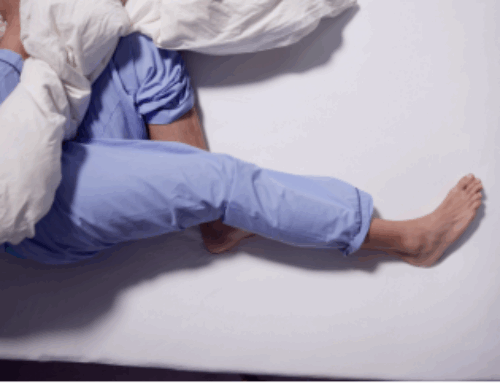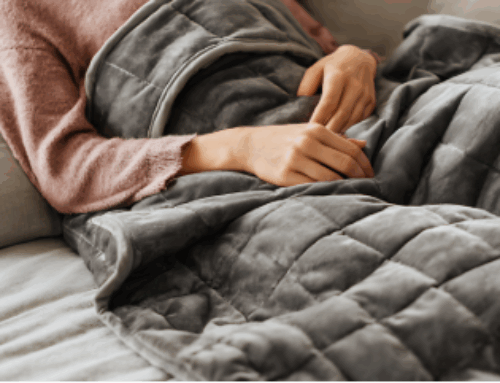A new survey from the American Academy of Sleep Medicine reveals that nearly half of parents (46%) sometimes, often or always co-sleep with their child under 18. While co-sleeping is common, experts warn it may not always be the best choice — especially for infants.
Safe sleep for infants
Creating a safe sleep environment is essential. The Centers for Disease Control and Prevention reports that in 2022, over 1,000 infants died from accidental suffocation and strangulation in bed.
“Co-sleeping is unsafe for infants, and routinely co-sleeping can potentially detract from the development of healthy sleep habits in children of any age,” said Dr. Rakesh Bhattacharjee, sleep physician and AASM spokesperson. “Consistently sleeping in their own sleep space may help children foster healthy sleep patterns.”
The American Academy of Pediatrics recommends that infants sleep in the same room as parents — but on a separate sleep surface designed for babies — for at least the first six months.
Tips for infant sleep safety
An AASM health advisory provides these tips to ensure a safe sleep environment for infants:
- Always place infants on their backs to sleep.
- Use a firm, flat surface with a fitted sheet, such as a crib, bassinet or playpen that meets U.S. Consumer Product Safety Commission standards.
- Keep soft objects like additional sheets, blankets, crib bumpers, stuffed animals and toys out of the infant’s sleep area.
- Maintain a quiet sleep environment with no loud or continuous noise.
Is co-sleeping right for your family?
Occasionally co-sleeping with a scared or sick child is understandable, but regularly sharing a bed can impact long-term sleep habits. Parents should consider whether co-sleeping is supporting their child’s ability to develop independent and healthy sleep routines.
“As parents, we should be helping our children develop habits and learn routines that establish good sleep hygiene that will enable them to enjoy the benefits of healthy sleep for a lifetime,” said Dr. Bhattacharjee.
If you have concerns about your child’s sleep, visit the AASM’s sleep center directory to get help from the sleep team at an accredited sleep center.





